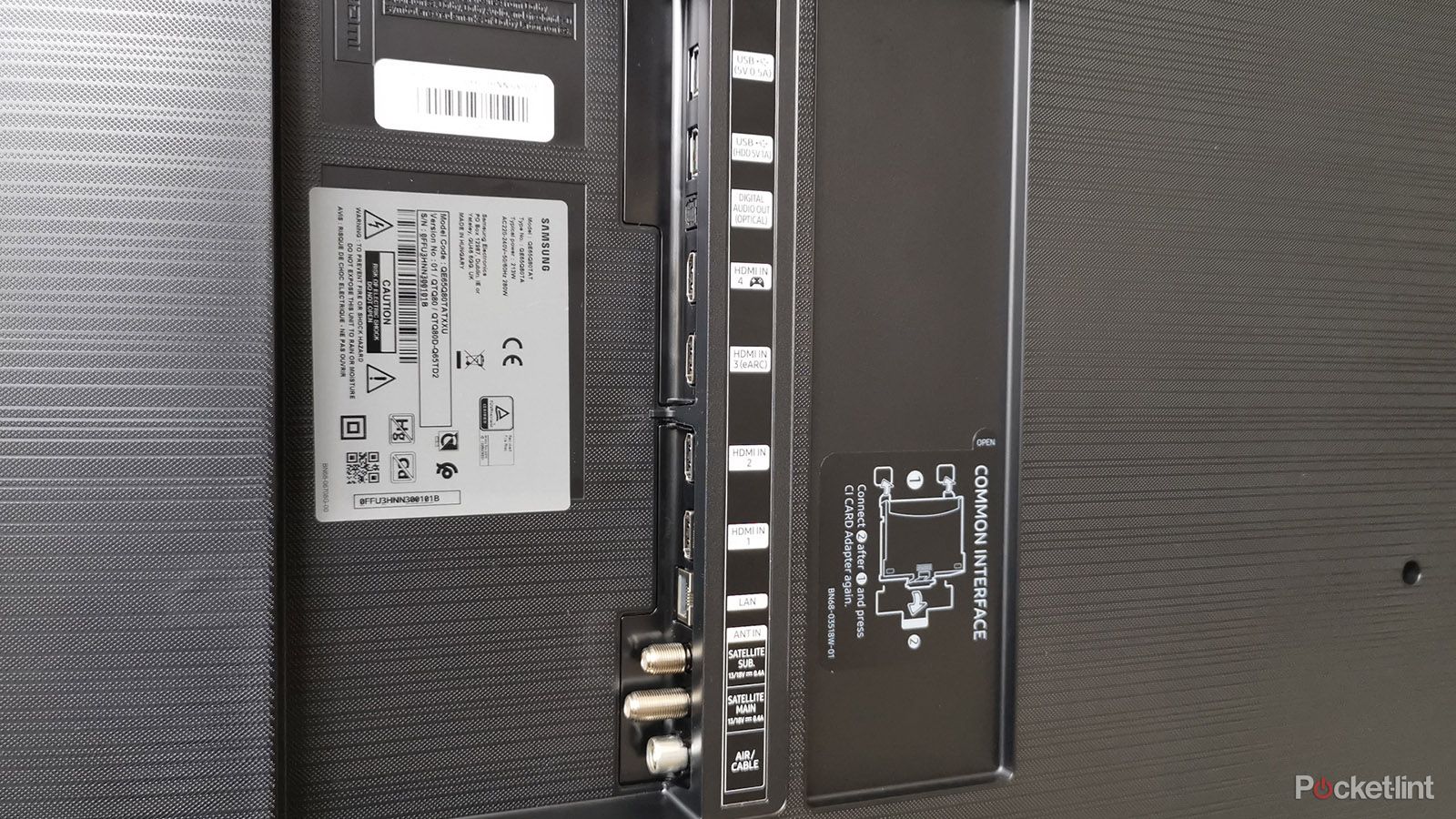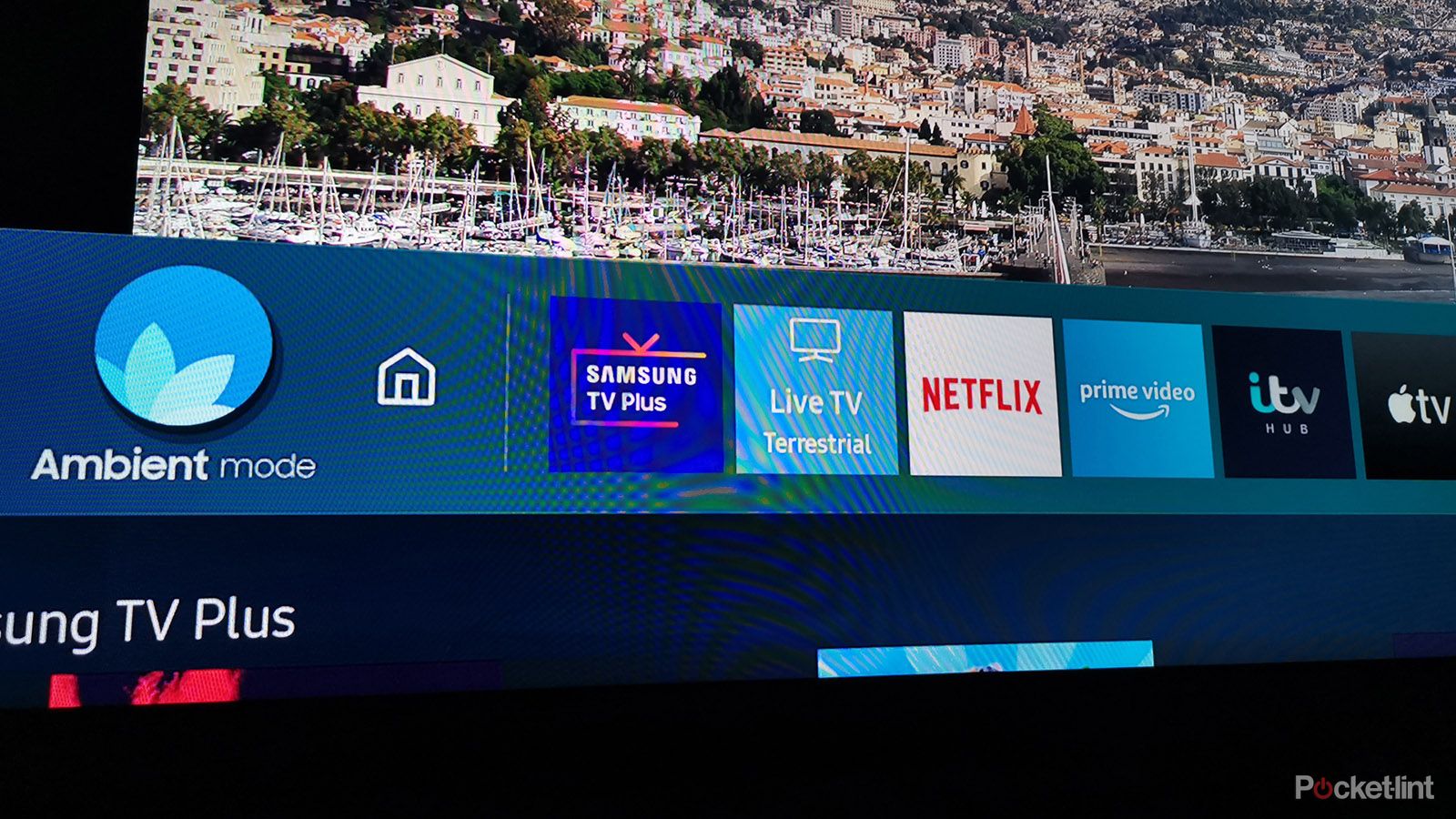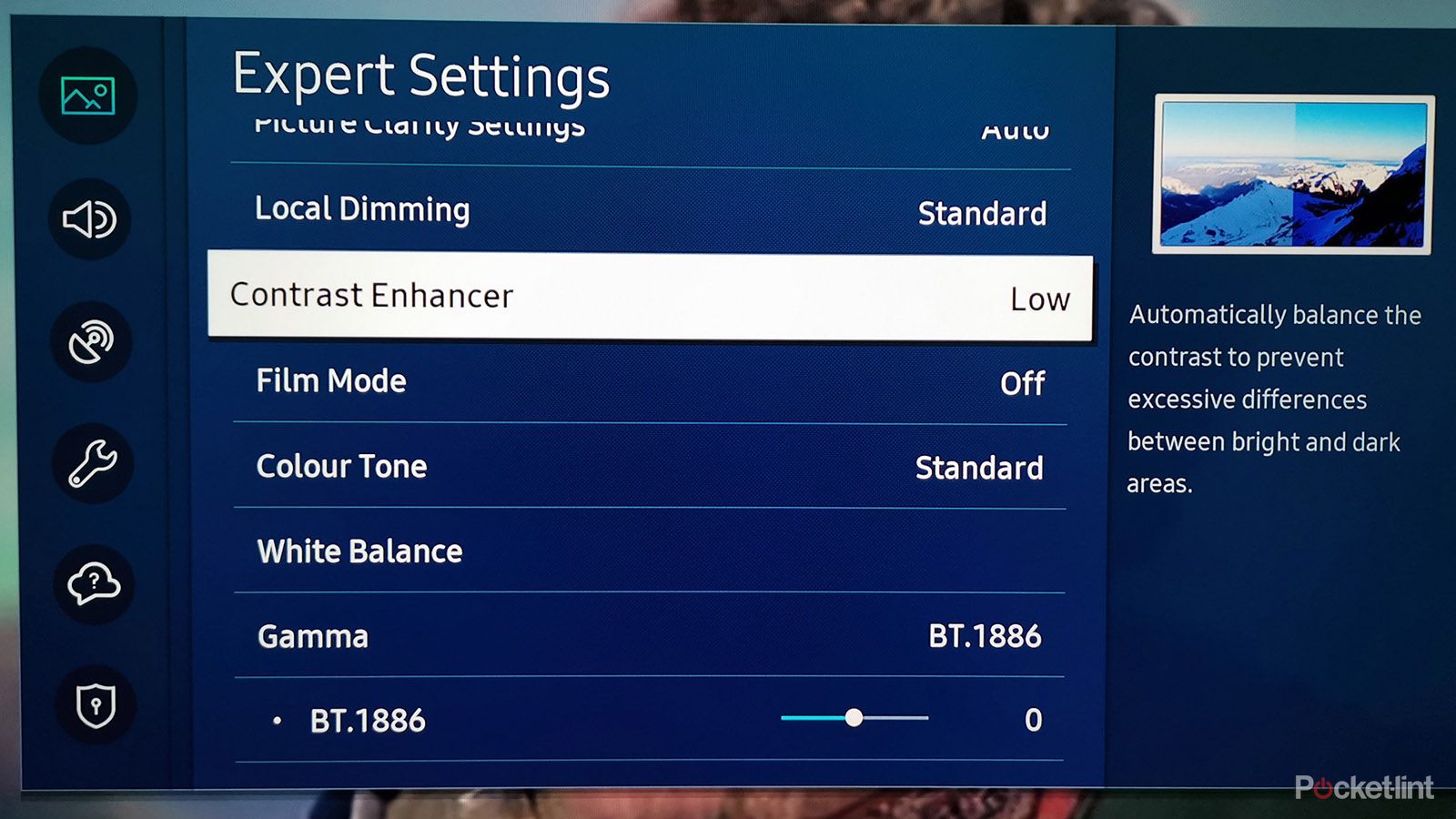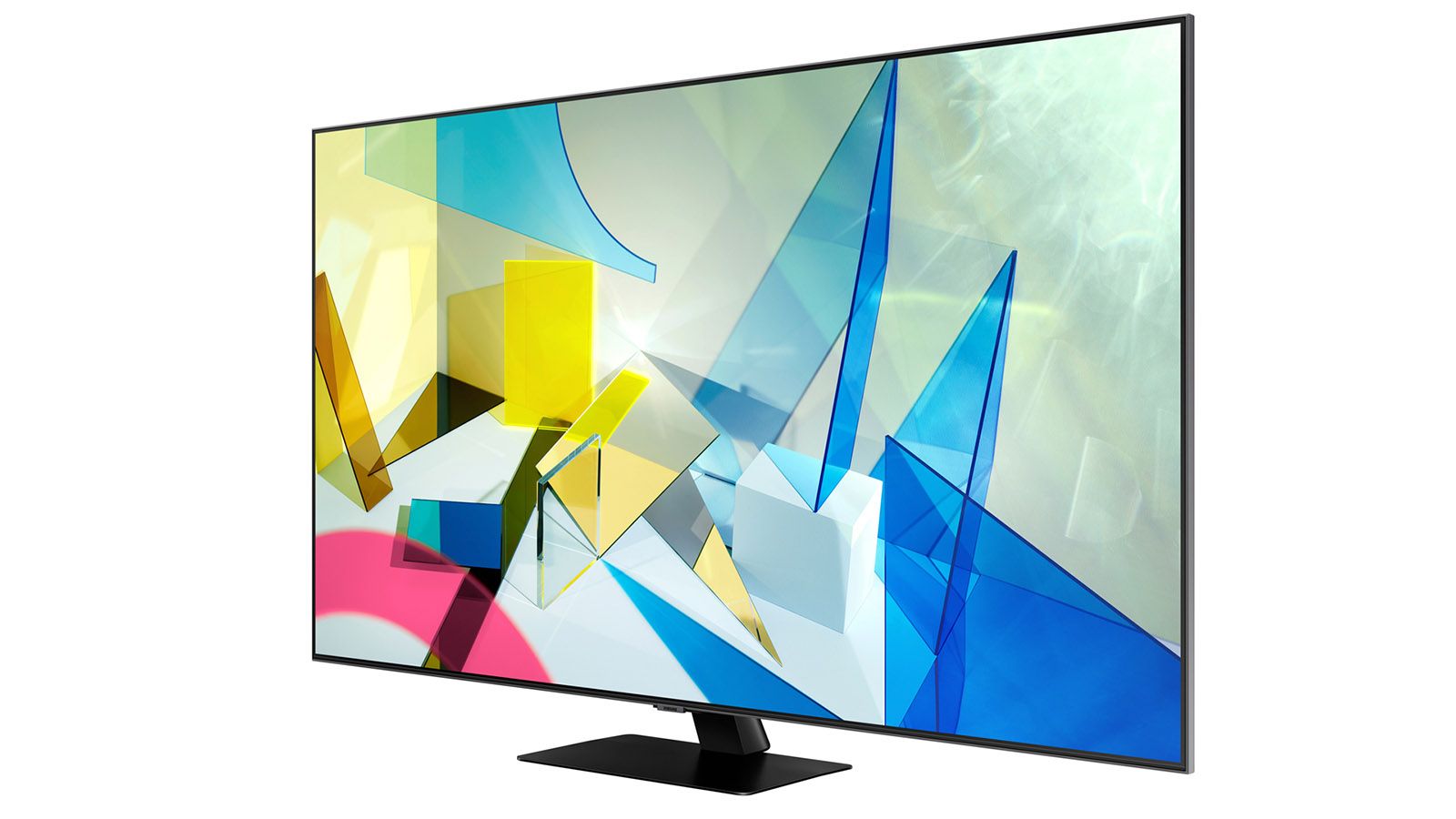Providing the jumping-on point for Samsung's QLED FALD (Full Array Local Dimming) line-up, the Q80T looks to be a sweet spot between the brand's high-performance 4K Q90T flagship, and cheaper edge-lit Q70T.
Also available in 49-, 55-, 75- and 85-inch screen sizes - we're reviewing the 65-inch model here - the Q80T is probably best thought of as a replacement (at least in terms of spec) for last year's Q70R, albeit offering big improvements in sound, image processing and game handling.
We couldn't wait to put this telly through its paces. And it sure didn't disappoint...
Our quick take
The Q80T may lack flagship status in Samsung's QLED line-up, but there's little obvious sense of compromise in its rank. Image clarity is scintillating, while colour fidelity and black level are both excellent.
Outstanding picture clarity, crowd-pleasing dynamics, rocking audio, and a gaming performance that's class-leading make this mid-range QLED screen a 4K sensation.
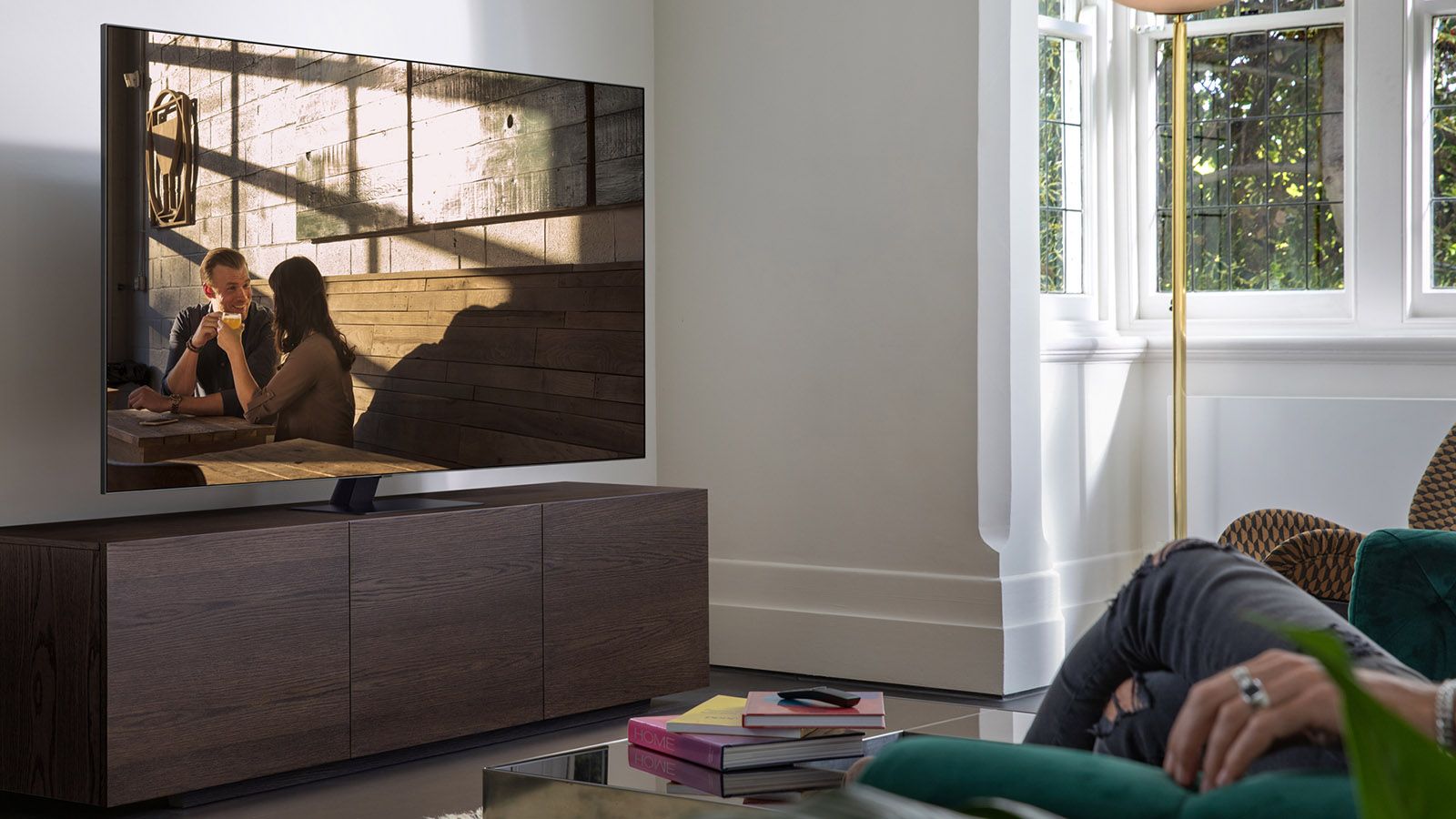
Samsung Q80T 4K QLED TV - 4.5 / 5
| FOR | AGAINST |
|---|---|
|
|
Samsung QN49Q80TAFXZA
Full Array backlight hides stereo speakers
- Ports: 4x HDMI, 2x USB, 1x optical out
- Wi-Fi and Bluetooth
The inclusion of direct LED backlighting means the Q80T doesn't manage to be as blade thin as the edge-lit models, but it's not awkwardly deep. Viewed front-on, the grey bezel provides a pleasingly minimal frame, while the central pedestal stand is easy to live with. Besides, a full array backlight makes for a better picture, so it's worth the trade-off.
The larger cabinet space has also allowed Samsung to do rather more with built-in audio. In addition to its downward firing speaker array, there are also two discreet drivers at the top of the screen, which together create an expansive, impactful soundstage.
There's no One Connect box supplied though - the off-body connections box that some Samsung TVs feature, to keep the main design neater and tidier when it comes to cabling. Here everything connects in standard fashion. Options include four HDMI ports, two USB ports and a digital optical audio output.
The HDMIs on the Q80T boast much of the feature set associated with HDMI v2.1. Here we get 4K support at 120Hz on one input (HDMI 4), as well as 4K at 60Hz across the board, eARC (enhanced Audio Return Channel) on HDMI 3, 2K at 120Hz, and VRR (Variable Refresh Rate) plus ALLM (Auto Low Latency Mode). There's also FreeSync support for PC AMD gamers.
The screen comes with two remote controls. We used the regular button fest for this audition, but there's also a simplified pointer.
Tizen launch bar shrinks to accommodate more apps
- Tizen smart platform
- OTS sound system
- Ambient mode
Samsung's Tizen connected platform offers easy access to a wide range of streaming services.
Samsung has actually shrunk its launch bar this generation, seemingly in order to accomodate more apps. Just as well. The streaming cupboard is well stocked, boasting Netflix, Prime Video, Apple TV, Rakuten TV and YouTube, amongst many others.
New for 2020 is Mobile Multi View mode, with Casting support. We're not absolutely sold on this as a concept - the idea that the entire family might want to see your mobile casted to the telly during some intense whodunnit - but if you want to view a YouTube game tutorial while playing along at the same time, it holds some appeal.
The unsung hero of Samsung's smart feature offering is Ambient Mode, which basically takes screen downtime and turns it into something useful. You can delegate this QLED panel to convey time, weather or news, have it present your own personal images in a gallery, or simply set the mood. A Vibe mode creates images that can be relaxing, invigorating or simply based on colour to complement your funky decor.
Taking upscaling to another level
- Quantum 4K AI picture processor
- HDR10+, HLG HDR support
- High speed Game mode
The Q80T makes a great first impression. The default Standard setting boasts almost three dimensional depth and texture. Samsung really knows how to make pictures pop out of the box.
While we'd probably not opt to watch Dynamic mode - it's a bit too oversaturated for comfort - all the remaining image presets are solid.
Natural proves to be more contrasty than Standard, at the expense of subtle shadow detail. But if you're watching in a room with ambient light, you'll probably not notice the difference, and it would be our preset of choice. Taking a little colour out of the frame proves a beneficial tweak.
The number of dimming zones in use on this set is comparable to last year's Q70R, which is to say around 50. This means HDR (high dynamic range) handling isn't as precise as its more expensive stablemate. Backlight blooming is sporadically notable, most often seen in the letterbox bars of cinematic TV shows and movies. On the plus side, screen uniformity is generally good.
There's a trio of local dimming modes (Low, Standard and High), each offering differences in execution. Standard (the default) is the only mode to use Active Tone Mapping. Some might prefer this style of aggressive HDR management off, in which case High is the better option. Conversely, if you want to minimise any potential backlight blooming, set local dimming to Low, although inevitably this reduces the amount of zing in the picture.
The set's HDR talents are prodigious. We measured peak HDR high brightness at just under 900 nits, which isn't to be sniffed at. The caveat is that dynamic HDR support only extends to HDR10+. There's no support for Dolby Vision. Samsung insists the errant feature is no biggie, but movie fans will doubtless disagree.
The set's black level performance is similarly impressive, particularly when viewed in rooms with a moderate amount of ambient light. Proof that home cinema doesn't need to be a Batcave sport.
One area where the screen really scores is gaming. Samsung has driven image lag down to almost miraculous lows - at just 8.7ms with Game Motion Plus engaged. It's also beefed up game specific processing, including a faux surround sound mode for 3D audio. Even with all its Game Motion Plus gubbins engaged it boasts a low latency of just 19.7ms (1080/60).
More drivers mean bigger, better sound
- Object Tracking Sound (OTS) 2.2.2 audio
- 60W power output
We all know that most flatscreens have woeful audio, but the Q80T bucks the trend. Described as a 2.2.2 configuration, it combines downward firing drivers with two more mounted up top. Combined with Samsung's OTS (Object Tracking Sound) system, it creates a virtual wall of sound. Total audio output is a wall-wobbling 60W.
With OTS, audio appears anchored to the set. Big movie sound mixes have width and height, and even streamed music sounds pretty sweet. Of course, if you want Dolby Atmos, you'll need to add a compatible soundbar or home theatre system, but for casual listening, this is well above the norm.
Samsung QN49Q80TAFXZA
To recap
Outstanding picture clarity, crowd-pleasing dynamics and a gaming performance that’s second to none make this mid-range QLED screen a 4K sensation

